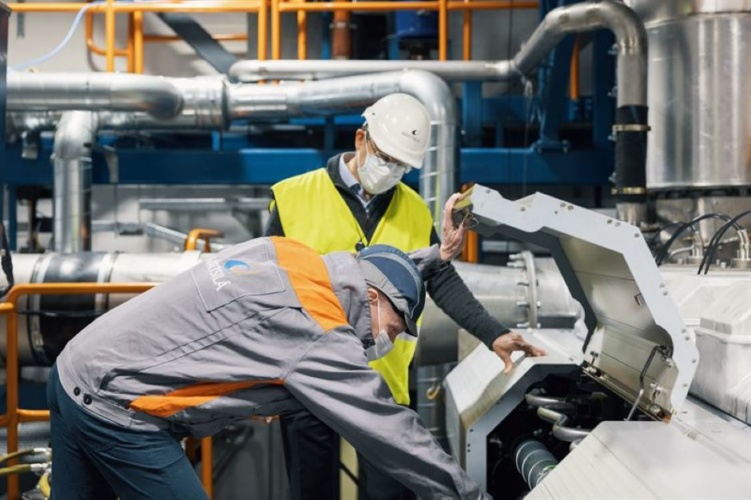
According to the Finnish marine and energy company, green hydrogen is forecast to deliver 13 per cent of global energy demand by 2070, but there are no commercially available engines that can effectively use the fuel.
The project in Vaasa, Finland, will assess Wärtsilä’s existing 31 gas engine technology to find the optimum parameters for running on hydrogen. Wärtsilä’s gas engines are currently used for flexible balancing power generation for power systems with high levels of renewables.
Green hydrogen, made from renewable energy using electrolysis, and green hydrogen-based fuels are expected to provide long duration energy storage to work alongside renewable generation and short-duration storage (such as lithium-ion batteries) to create reliable and fully decarbonised energy systems.
According to Wärtsilä’s energy system modelling, over 11,000GW of wind and solar power is required in the G20 alone in order to create 100 per cent renewable energy systems. It will require 933GW of carbon neutral thermal balancing capacity to enable the addition of this amount of renewable energy and stabilise these future power systems.
Håkan Agnevall, CEO Wärtsilä, said: “Global societies will have to invest billions into the infrastructure needed to develop green hydrogen, but that investment is reliant upon having market-ready engines which can run on the fuel once it is readily available. Our modelling shows that a significant amount of thermal balancing is required by the middle of this century to achieve the transition to 100 per cent renewable energy. By developing engines today which can run on hydrogen tomorrow, we are future-proofing energy systems to become 100 per cent renewable by 2050.”
In parallel, Wärtsilä is running engine testing for ammonia and methanol, two alternative future fuels which will support the decarbonisation of the shipping sector and help the International Maritime Organisation to achieve its target to cut the sector’s GHG emissions by 50 per cent by 2050.




IEA report claims batteries are ‘changing the game’
Oh I don't know. The typical waiting time outside of A&E for admitting patients would give them plenty of time to recharge … ?